Spots Topics
2016.02.24
Miho Pine Grove

More than 30,000 thickly wooded pine trees extend about 7km over the Miho peninsula, forming the famous Pine Grove of Miho. You can enjoy the natural beauty of the shore, the pine grove and Mt. Fuji here. This beautiful landscape was frequently featured by Ukiyo-e (Japanese woodblock prints in 17-19C). The place is very famous for the gracious legend called "Hagoromo", the feather
robe of a celestial maiden. Now let me tell you the story of Hagoromo briefly.
" Once upon a time, there lived a fisherman named Hakuryo.One day, when he walked around the pine grove of Miho, he found a beautiful feather robe on the branch of a pine tree. Hakuryo was very pleased to find such a splended robe and tried to take it home. Then an enchanting woman, whose beauty he had never seen before, appeared. She sadly said, "I am a celestial maiden from the heaven. I came here to bathe at the seashore because the scenery here is so beautiful. This is my feather robe. I can't go back to heaven without it. Please, oh, please give it back to me. " Now that Hakuryo knew the worth of it, he wanted to have it more than ever. But at the same time, he felt pity for the beautiful sorrowful maiden. He finally said ' if you show me the dance of heaven, I will give it back to you. The celestial maiden was very delighted and began dancing pulling the feather robe around her. Then she floated up to the sky, waving her sleeves elegantly and disappeared far beyond Mt. Fuji. "
Noh Play of Hagoromo
This beautiful Hagoromo story was featured in a Noh play. Do you know what a Noh play is ? It is a Japanese traditional play with elegant movements. Masks are used during performances. The Noh drama titled 'Hagoromo' is performed at the Hagoromo Festival held in October. The stage is set up in front of
Hagoromo's Pine Tree under the light of fire touches. It is on this stage that
Noh players show us a world of artistic beauty.
Ballet Dancer
You will find a stone monument near the Hagoromo pine tree. The monument of Hagoromo was built to honor a French ballet dancer, Helene Giuglaris. She had a keen interest in Noh play, and was especially fascinated by the Noh
singing Hagoromo. She went on a performance tour with her husband, Marcal Giuglaris around Europe, pursuing her ideal dance performance. But, a tragedy happened when she collapsed on stage while performing. She passed away at the age of 35 in July 1951, without ever visiting the site of Hagoromo. It was her last will that her husband, Marcel visited Miho for her, with a strand of Helene's hair and the costume that she wore on stage, which he did so 4 months after
her death. After that, the monument of Hagoromo was completed on Nov. 1 in 1952 in memory of the couple and the cultural exchange between France and Japan. Later, the outdoor Noh play "Hagoromo" started to be performed in 1984.
Poem of Marcel Giuglaris (English translation)
The wind describes / The breaking waves of Mih0 / Far beyond Paris /
My dearest dead wife longing for Hagoromo / The breaking waves take her life away to heaven / The wind blows and time goes through / I feel peaceful and quiet
( By Hiro )
*Not only Hiro but also other FUSION members can guide you through the Pine Grove in Miho !
Contact us if you are interested in this site.
Place of Departure
Related Photographs
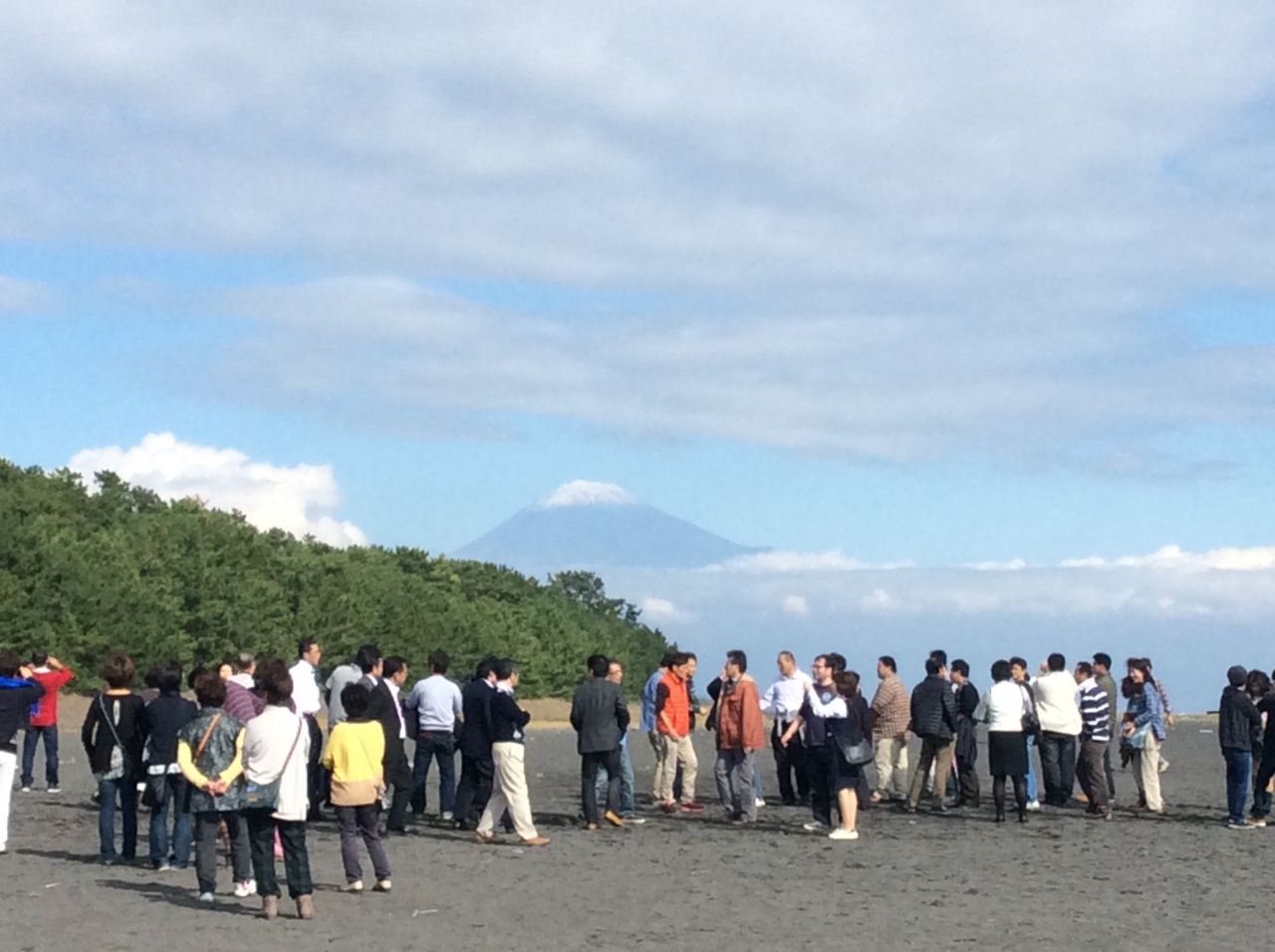
Mt. Fuji and Pine Grove in Miho
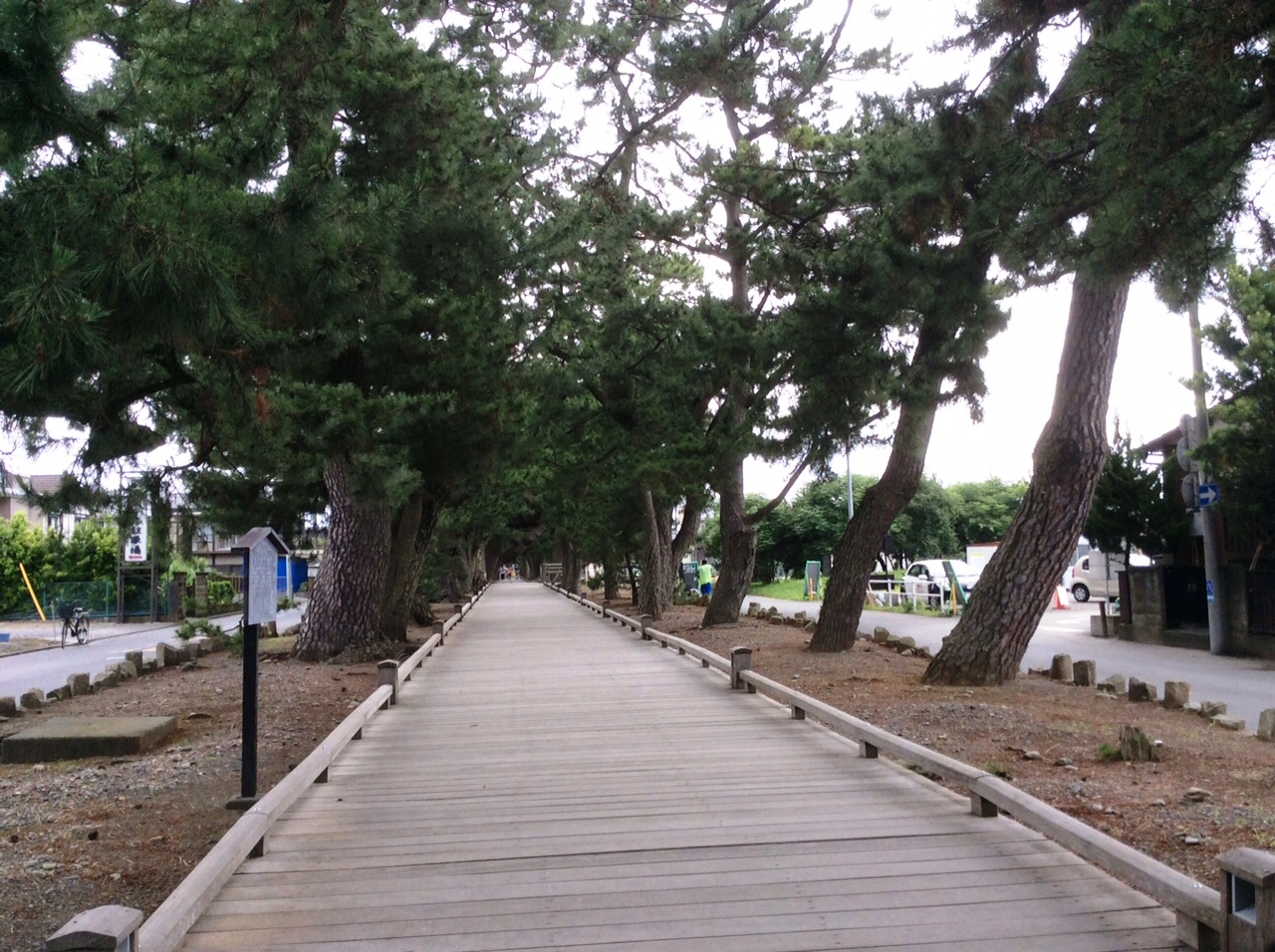
”Promnade for the Ocean God” from Miho Pine Grove to Miho Shrine

World Cultural Heritage Site
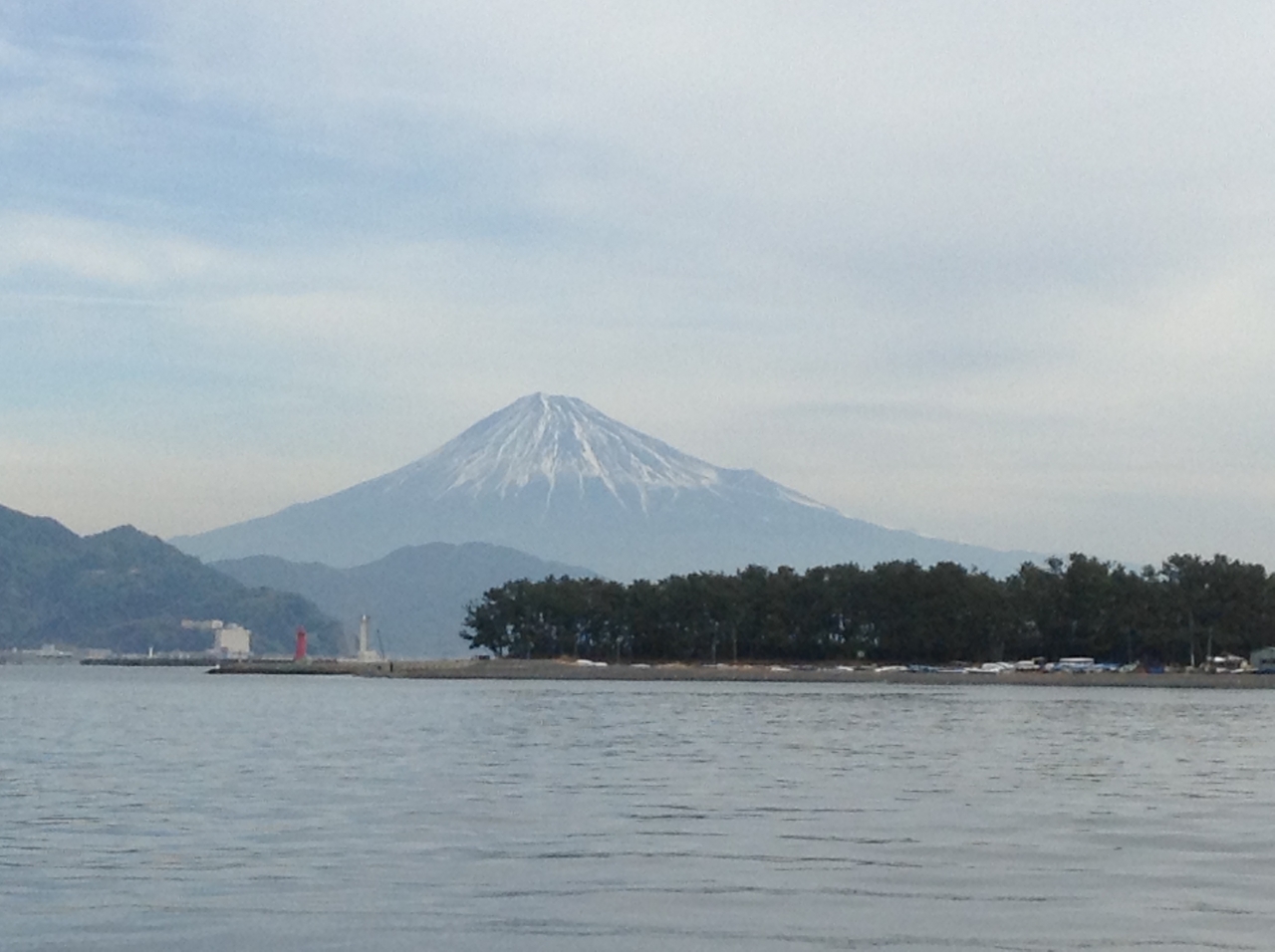
With the designation of Mt. Fuji as a World Heritage Site, Miho Pine Grove also became a World Heritage Site due to its historical and cultural connection with Mt. Fuji.
The picturesque view of Mt. Fuji from the sea shore and pine grove at Miho has been an inspiration for artwork for a long time.
Because of its religious significance and its depictions in works of art, Mt. Fuji has helped nurture Japan’s unique culture. For these reasons Mt. Fuji was designated as a World Cultural Heritage Site on the 22nd of June, 2013. The site includes the Sengen shrines at the base of Mt. Fuji, five major lakes, “Oshi” lodging houses, Oshino Hakkai springs, the lava tree molds, the Siraito Falls and Miho-no-Matsubara.
List of Component Parts and Constituent Elements
S: Shizuoka Pre. Y: Yamanashi Pre.
1 Fujisan mountain area
(1-1 to 1-9 are constituent elements of 1 Fujisan mountain area.)
1-1Mountaintop worship sites S&Y
1-2Omiya-Murayama Ascending Routes (present Fujinomiya AR) S
1-3Suyama Ascending Routes (present Gotenba AR) S
1-4Subashiri Ascending Routes S
1-5Yoshida Ascending Routes (present Yoshida AR) Y
1-6Kitaguchi Hongu Fuji Sengen-Jinja Shrine Y
1-7Lake Saiko Y
1-8Lake Shojiko Y
1-9Lake Motosuko Y
2 Fujisan Hongu Sengen Taisha Shrine S
3 Yamamiya Sengen-Jinja Shrine S
4 Murayama Sengen-Jinja Shrine S
5Suyama Sengen-Jinja Shrine S
6Fuji Sengen-Jinja Shrine (Subashiri Sengen-Jinja Shrine) S
7Kawaguchi Asama-Jinja Shrine Y
8Fuji Omuro Sengen-Jinja Shrine Y
9 “Oshi” Lodging Houses (former House of the Togawa family) Y
10“Oshi” Lodging Houses (House of the Osano family) Y
11 Lake Yamanakako Y
12Lake Kawaguchi Y
13Oshino Hakkai springs (Deguchiike Pond) Y
14Oshino Hakkai springs (Okamaike Pond) Y
15Oshino Hakkai springs (Sokonashiike Pond) Y
16Oshino Hakkai springs (Choshiike Pond) Y
17Oshino Hakkai springs (Wakuike Pond) Y
18Oshino Hakkai springs (NigoriikePond) Y
19Oshino Hakkai springs (Kagamiike Pond) Y
20Oshino Hakkai springs (Shobuike Pond) Y
21Funatsu lava tree molds Y
22Yoshida lava tree molds Y
23Hitoana Fuji-ko Iseki S
24Shiraito no Taki waterfalls S
25Mihonomatsubara pine tree grove S
Related Photographs
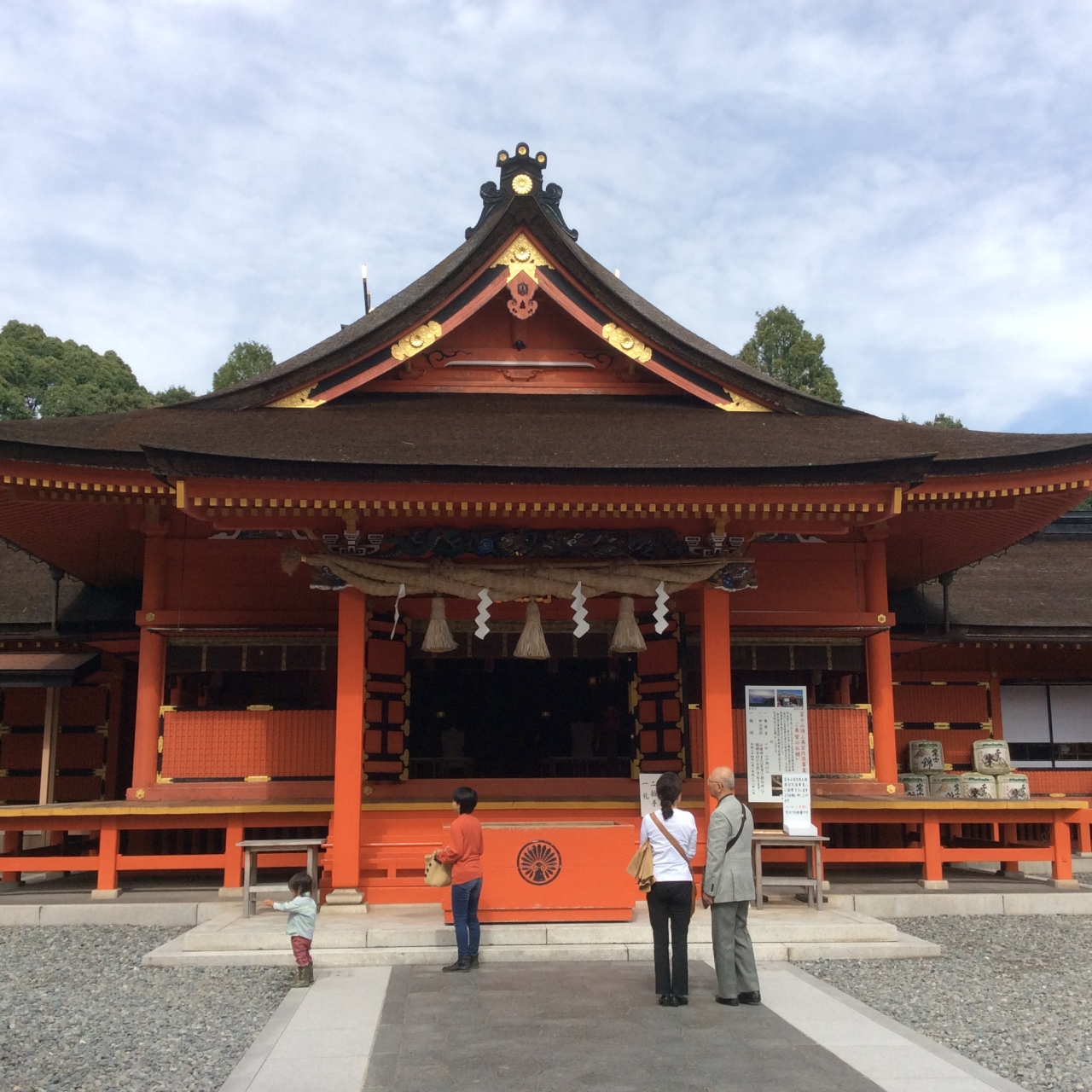
Fujisan Hongu Sengen Taisha in Fujinomiya city
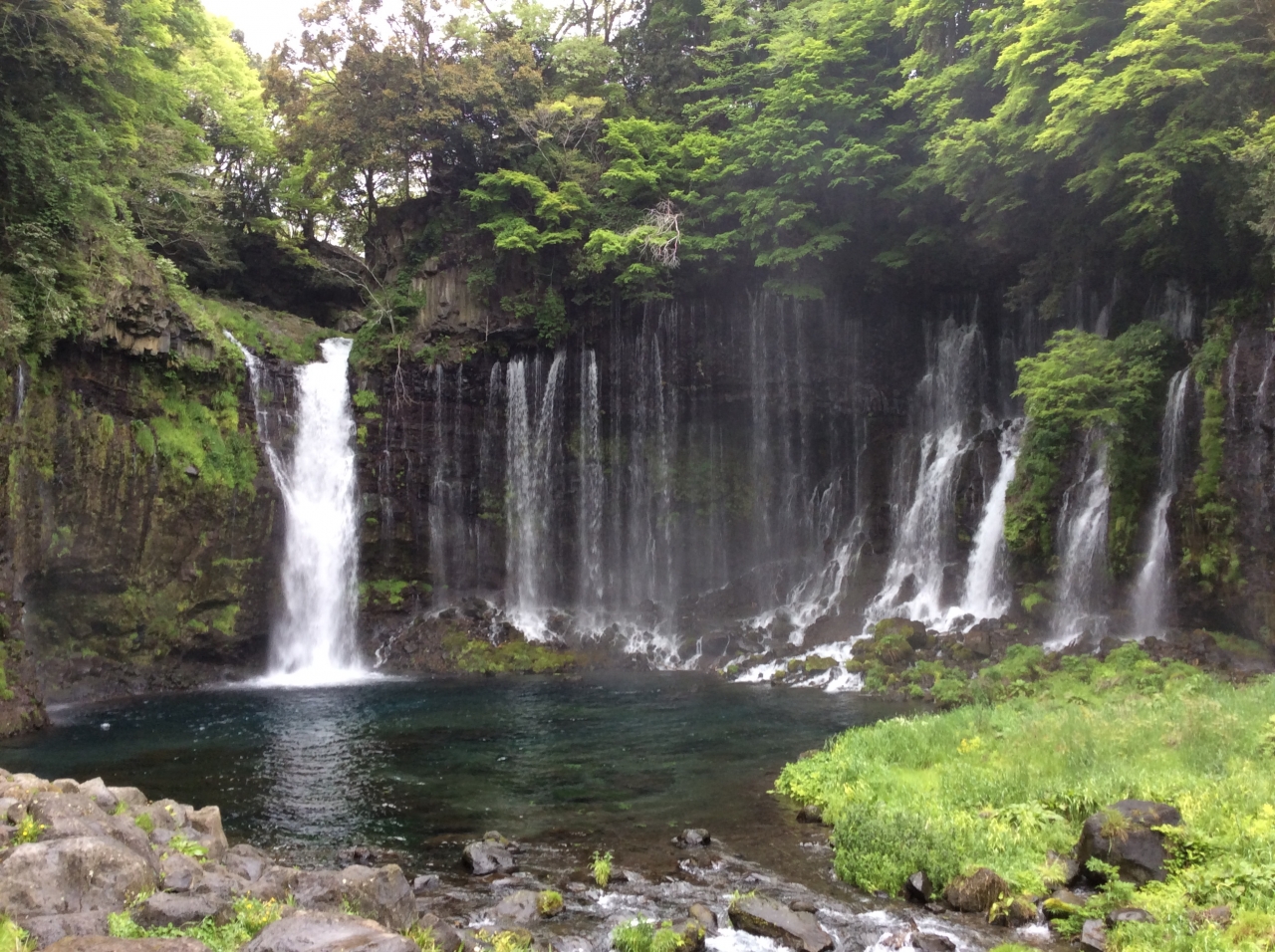
Shiraito Falls
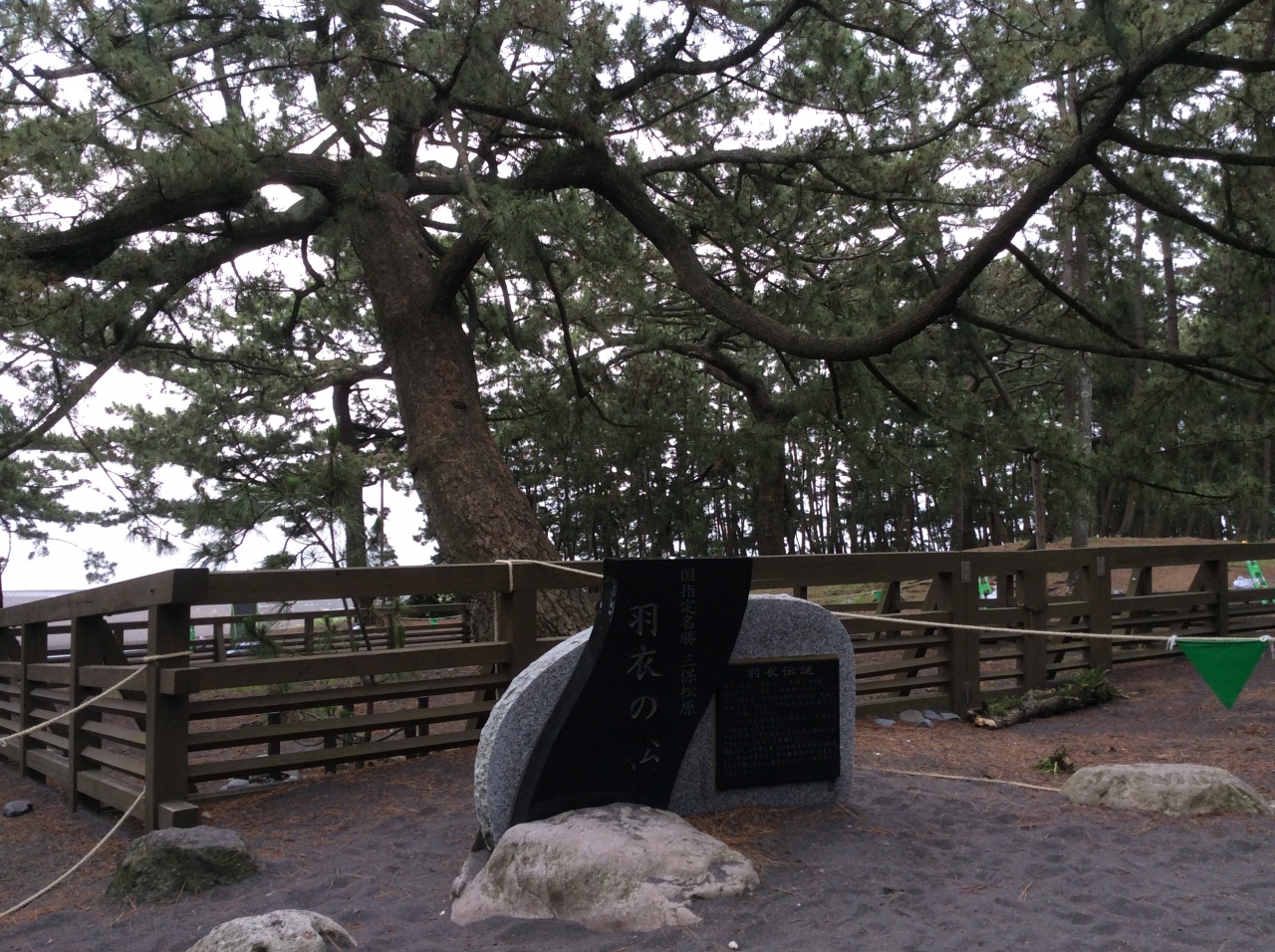
Miho-no-Matsubara
(By Prudence)
*Not only Prudence but also other FUSION members can guide you through the Mt. Fuji-area!
Contact us if you are interested in a trip around Mt. Fuji.
